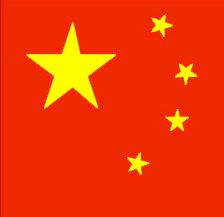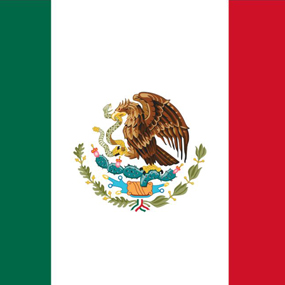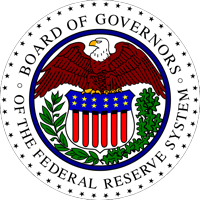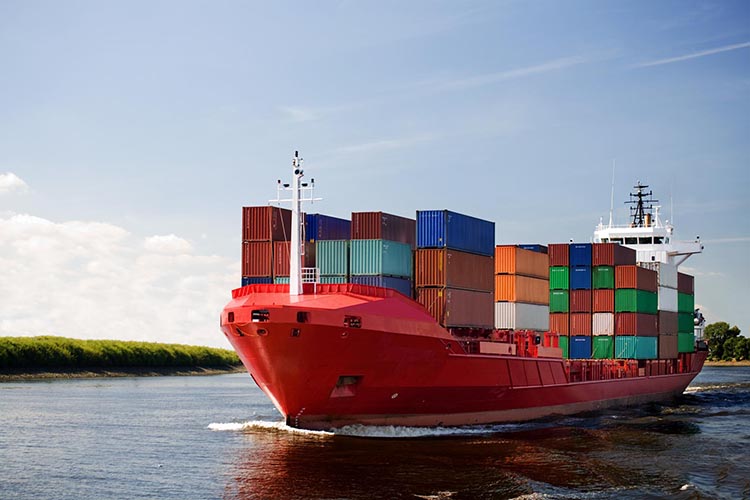
FTZ’ine June 2019
June 3, 2019
FTZ’ine August 2019
August 1, 2019FTZs Dodge A Bullet
At the G-20 Summit in Japan this past weekend, President Trump agreed to postpone additional tariffs on goods from China while the two countries resume trade negotiations. FTZs, like other importers, already face 25% tariffs on over $250B of goods from China. The President had threatened tariffs on an additional $300B+ of Chinese goods, which will remain just a possibility for now.
Comments from the Chairman of the Federal Reserve buoyed the stock market last month, and the US economy as a whole continues to shake off the effects of the rising tariffs. Individual sectors reliant on exports, including FTZs, remain impacted by the tariffs in two ways. The first is by the retaliatory tariffs and curbs on spending put in place by China, and the second is the dampening effect the tariffs are having on the world’s second largest economy.
Mexico breathed new life into the US/Mexico/Canada Agreement (USMCA) by being the first country to ratify the trade deal. Could it still have a chance to pass in 2019?
Although Theresa May attended the G-20 meeting as the Prime Minister of England, most leaders are looking ahead to her replacement who is expected to be elected by the end of this month. That could have a major impact on the shape of Britain’s withdrawal from the European Union.
Attacks on ships in the Gulf of Oman also weighed on the trade community last month. The US has accused Iran of carrying out attacks on two ships and lethal force, along with collateral damage, is still possible if the two countries do not come to a resolution soon.

Top Story: Foreign-Trade Zones Avoid Additional China Tariffs For Now
Tanker Attacks Put Foreign-Trade Zone Shippers on Edge


Mexico takes the lead in ratifying USMCA
No-Deal Brexit Looks More Likely To FTZs Ahead of UK Vote


Interest Rate Hints Keep Markets and US Economy Humming

U.S. Foreign-Trade Zones Board Activity
- Teijin Carbon Fibers Inc., submitted a notification of proposed production activity for polyacrylonitrile-based carbon fiber in Foreign-Trade Zone 38 in Greenwood, South Carolina. MORE
- The Sault Ste. Marie Economic Development Corporation received approval to reorganize Foreign-Trade Zone 16 under the alternative site framework with a service area of Chippewa County, Michigan. MORE
- The South Jersey Port Corporation received approval to reorganize and expand FTZ 142 under the alternative site framework with a service area of Burlington, Camden, Cape May, Cumberland, Gloucester, Mercer and Salem Counties, New Jersey. MORE
- GlaxoSmithKline, PLC, received authorization of production activity for pharmaceutical products in Foreign-Trade Zone 93 in Zebulon, North Carolina. MORE
- HP International Trading B.V. LLC, submitted an application to operate its facilities in Aguadilla, Puerto Rico as a subzone of Foreign-Trade Zone 61. MORE
- Puerto Rico Wood Treating Industries, Inc. submitted an application to operate its facilities in San Juan, Puerto Rico as a subzone of Foreign-Trade Zone 61. MORE
- The Woodbridge Group received authorization of production activity for flame laminated textiles in Site 10 of Foreign-Trade Zone 68 in El Paso, Texas. MORE
- Catalent Pharma Solutions, LLC received authorization of production activity for pharmceutical products in Subzone 193A in St. Petersburg, Florida. MORE
- Hartland Controls, LLC received approval to operate its Rocks Falls, Illinois facilities as Subzone 271B. MORE
- MVP International Group Inc. submitted a notification of proposed production activity for candles, reed diffusers, wax melts in Foreign-Trade Zone 230G in Elkin and Boonville, North Carolina. MORE
- Calsonic Kansei North America received authorization of production activity for automotive parts in Foreign-Trade Zone 158 in Canton, Mississippi. MORE
- Calsonic Kansei North America received authorization of production activity for automotive parts in Foreign-Trade Zone 78 in Shelbyville and Lewisburg, Tennessee. MORE
- Universal Metal Products, Inc. received authorization of production activity for formed and converted metal for commercial and industrial use in Foreign-Trade Zone 12 in Pharr, Texas. MORE
- The Southwest Idaho Manufacturers' Alliance has submitted an application to expand the service area of Foreign-Trade Zone 280 under the alternative site framework to include Elmore County, Idaho. MORE
- Waterfront Enterprises LLC, submitted an application to operate its facilities in New Haven, Connecticut as a subzone of Foreign-Trade Zone 162. MORE
- Whirlpool Corporation submitted a notification of proposed production activity for small appliances in Foreign-Trade Zone 100 in Greenville, Ohio. MORE
- Vision Technologies Marine, Inc. submitted a notification of proposed production activity for crown compensators for ocean-going vessels and additional components thereof in Foreign-Trade Zone 92 in Gulfport, Mississippi. MORE
- Maine Coast Shellfish LLC, received approval to operate its York, Maine facility as Subzone 186B. MORE
FTZs Dodge A Bullet
At the G-20 Summit in Japan this past weekend, President Trump agreed to postpone additional tariffs on goods from China while the two countries resume trade negotiations. FTZs, like other importers, already face 25% tariffs on over $250B of goods from China. The President had threatened tariffs on an additional $300B+ of Chinese goods, which will remain just a possibility for now.
Comments from the Chairman of the Federal Reserve buoyed the stock market last month, and the US economy as a whole continues to shake off the effects of the rising tariffs. Individual sectors reliant on exports, including FTZs, remain impacted by the tariffs in two ways. The first is by the retaliatory tariffs and curbs on spending put in place by China, and the second is the dampening effect the tariffs are having on the world’s second largest economy.
Mexico breathed new life into the US/Mexico/Canada Agreement (USMCA) by being the first country to ratify the trade deal. Could it still have a chance to pass in 2019?
Although Theresa May attended the G-20 meeting as the Prime Minister of England, most leaders are looking ahead to her replacement who is expected to be elected by the end of this month. That could have a major impact on the shape of Britain’s withdrawal from the European Union.
Attacks on ships in the Gulf of Oman also weighed on the trade community last month. The US has accused Iran of carrying out attacks on two ships and lethal force, along with collateral damage, is still possible if the two countries do not come to a resolution soon.
